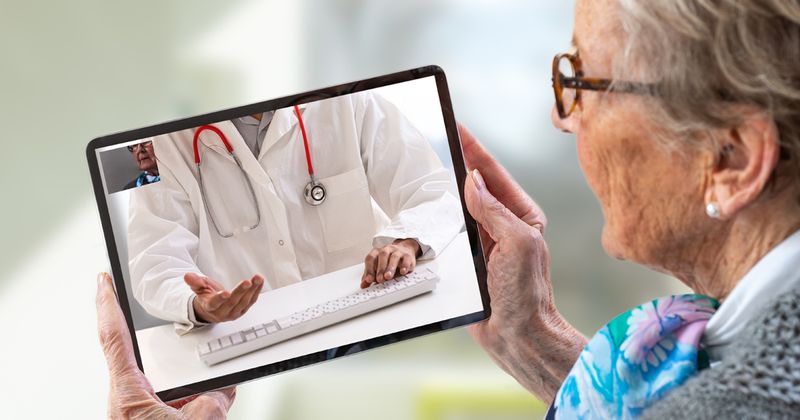Learning science theory can improve remote delivery of diabetes survival-skills education
Learning science theory can yield new strategies to allow providers to improve the remote delivery of diabetes survival-skills education, according to a presenter at the ENDO annual meeting.

“Users of interest, which included a diverse group of patients newly diagnosed with diabetes, their caregivers, and laypeople, that is, individuals without a diagnosis of diabetes, reported significant barriers associated with learning diabetes survival skills, reflected in challenges faced while hospitalized and at home,” Grace Prince, MD, endocrinology fellow at the Northwestern University Feinberg School of Medicine, told Healio. “The learning sciences — a multidisciplinary field involving the study of teaching and learning — offers an innovative platform to conceive of novel solutions to help patients gain the requisite knowledge structures required to learn diabetes survival skills, a process that requires time, repetition and continued support.”

Prince and colleagues conducted 12 pre-COVID semi-structured interviews with 18 diabetes patients, their caregivers and laypeople to identify critical, user-reported diabetes survival-skill needs upon discharge from the hospital and to use learning science principles to guide a redesign for remote delivery of diabetes survival-skills education. The questions were focused on active and perceived discharge needs. The top answers were categorized into three dominant themes, with the three themes mapped to learning science principles to identify new strategies.
“It’s important to recognize the tremendous value of our certified diabetes care and education specialists who are already carrying out so much wonderful teaching,” Prince said during a presentation. “What we’re looking at is a way to complement what they can do in the face-to-face encounters.”
Participants expressed concerns around three themes: challenges in understanding self-care in the hospital, challenges in preparing items for self-care and challenges in administering self-care.
With challenges in understanding self-care in the hospital, some participants said they were overwhelmed with information as well as with their acute illness, were worried about self-management in the hospital, and felt they struggled to understand the overview and importance of self-care. When discussing challenges in administering self-care at home, participants said they were concerned about remembering self-care steps, felt uncomfortable about dosing insulin and were fearful about injections.
For both hospital and home self-care, Prince said educators can use the spiral design approach to improve education. In spiral design, providers begin by teaching the basics of a topic, and then gradually add new steps and increase the complexity of a topic over time.
“Spiral learning can be applied to curricular redesign, but it can also be applied to website design,” Prince told Healio. “Repetitive, goal-directed practice and feedback holds particular promise in designing solutions for remote delivery, which may include artificial intelligence and, potentially, machine learning.”
Participants also expressed concerns about preparing materials for self-care, including organizing the volume of items, being confused by different types of insulin, and tracking glucose levels.
To improve education in this area, Prince said educators can use a “form fits function” organizer. With an organizer, patients receive a physical or visual organizing scheme allowing them to understand the function of each item.
“The process [of learning diabetes survival skills] requires time, repetition and ongoing support,” Prince said during a presentation. “But the learning sciences is an innovative approach that we can use to conceive novel solutions to help our patients gain the requisite knowledge structures for learning diabetes survival skills.”

